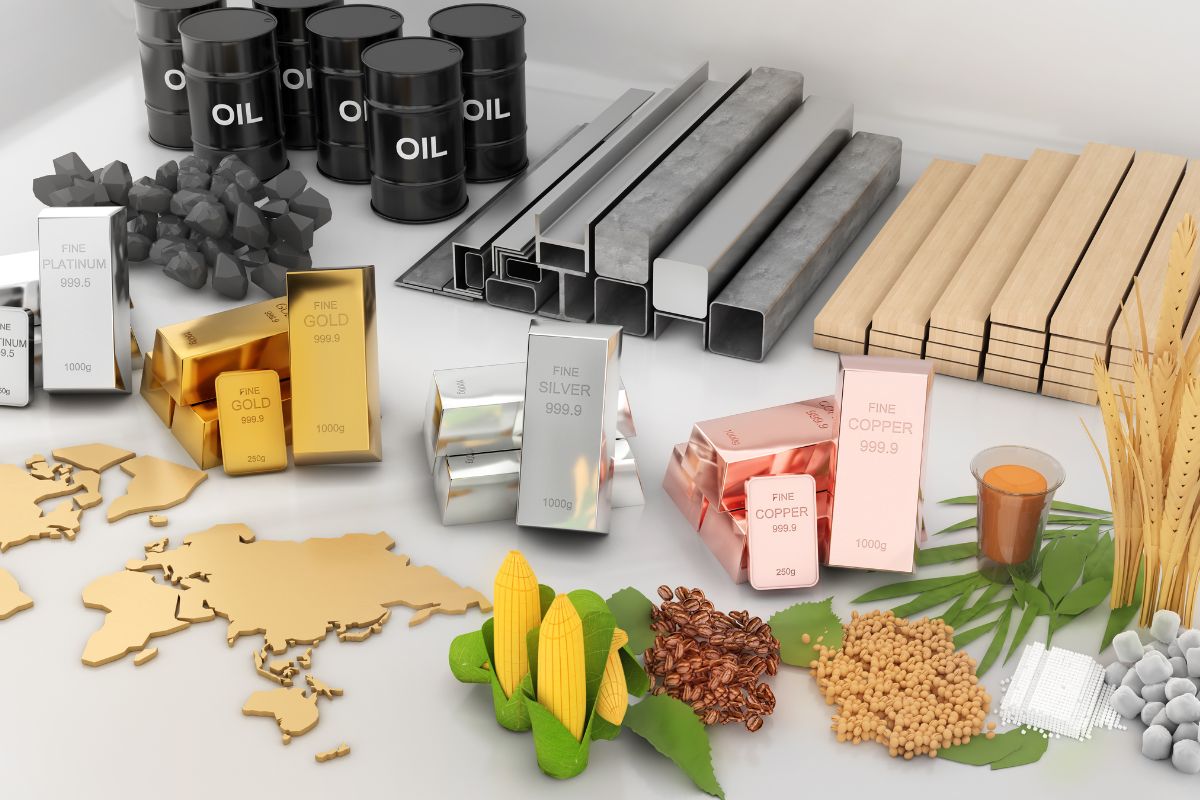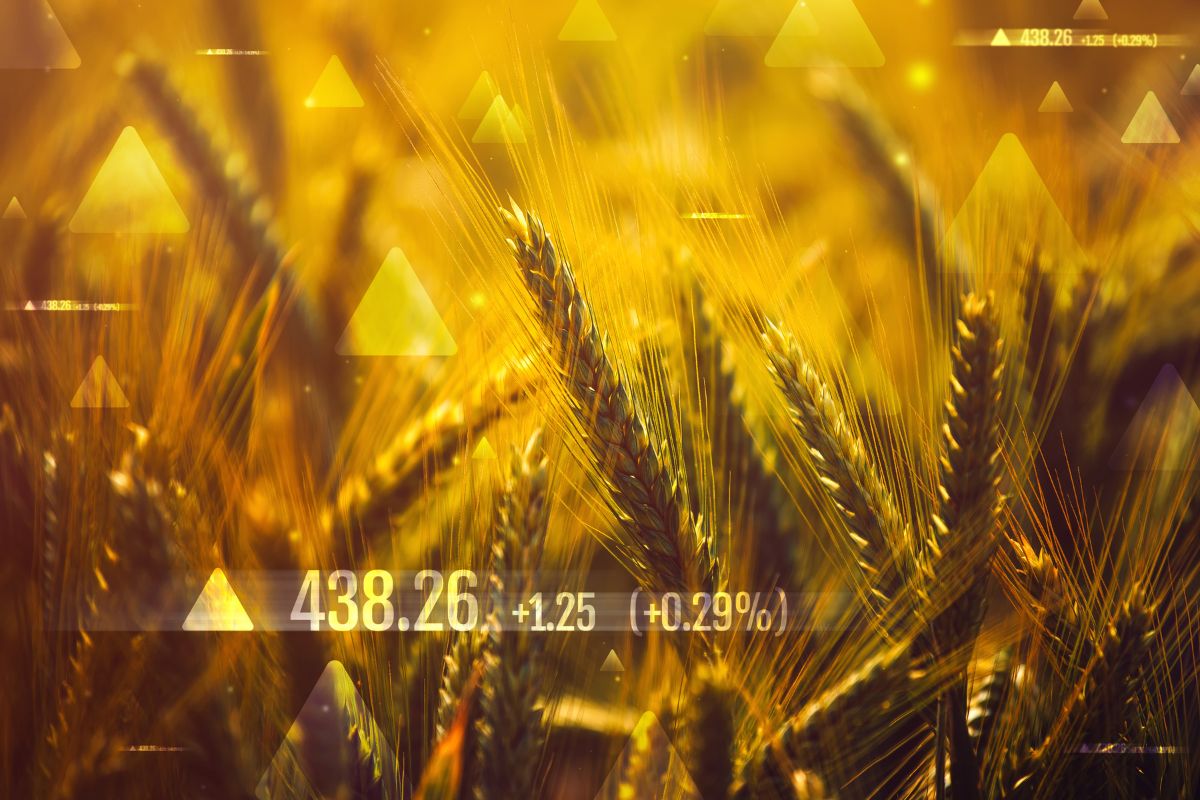Agricultural commodities are part of human existence. From feeding to sustain human life to serving as raw materials for industrial use, this is one investment you can never go wrong with. However, just like any investment, it requires adequate knowledge of how to navigate the complex market in order to amass the profit it has to offer, says Roman Zenon Dawidowicz.
Hence, if you are just getting started with agri-trading, we ask seasoned trader Roman Zenon Dawidowicz on what agri-commodity trading entails and a beginners guide to help you kickstart your investment journey.
What does Agri-commodity Trading Entails
Agricultural commodity trading, also known as agri-commodity trading, involves the buying and selling of raw materials derived from agriculture, including crops, livestock, and some natural fibres. They play a vital role in the global economy, bringing together producers, consumers, and traders. This shapes food security, industrial production, and ultimately, global economic stability.
Types of Agricultural Commodities
Agricultural commodities involves the buying and selling of primary agricultural products which can be broadly categorised into four main groups:
- Grains: These are the seeds of cultivated grasses that are used for food and other purposes. Examples: Wheat, corn, barley, rice,
- Oilseeds: Oilseeds are the fruits or seeds of plants that are rich in oil. Examples: Soybeans, canola seeds, palm fruit, sunflower seeds
- Livestock and Meat: This category includes live animals raised for meat production, as well as the meat itself. Examples: Cattle, hogs, poultry (chickens, turkeys), sheep
- Other Soft Commodities: Soft commodities are agricultural products that are not classified as grains, oilseeds, or livestock. This category includes a wide variety of products, such as sugar, coffee, cocoa, cotton, and natural fibres.
- Examples: Sugar, coffee, cocoa, cotton, rubber
When it comes to agri-commodity trading, it entails buying of primary agricultural products like soft commodities. These commodities are traded in various forms and on various platforms, including spot markets and futures exchanges. Trading agricultural commodities can provide a hedge against price volatility for producers and consumers, and offers opportunities for speculators to profit from market movements.
The Importance of Agricultural Commodity Trading in the Global Economy

Imagine a world without a reliable system for agricultural commodities. Farmers might struggle to find buyers for their harvests, leading to food waste and price fluctuations. Food processors and manufacturers on the other hand wouldn’t have guaranteed access to the raw materials they need. Hence, disrupting production and potentially causing shortages. This is where agricultural commodity trading steps in.
- Price Determination: Commodity exchanges act as marketplaces where buyers and sellers come together to determine fair prices based on supply and demand. This helps allocate resources efficiently and ensures producers receive a fair return for their crops and livestock.
- Risk Management: Farmers face numerous uncertainties like weather fluctuations and pests. Traders can help producers mitigate these risks by using tools like futures contracts. These contracts lock in a price for future delivery, protecting farmers from sudden price drops.
- Global Food Security: Agricultural commodity trading facilitates the movement of food products around the world. This ensures that regions with food shortages can access essential supplies from areas with surpluses. Therefore, it strengthens global food security and helps to alleviate hunger.
- Economic Growth: A stable and efficient agricultural commodity market fosters economic growth. By ensuring the smooth flow of raw materials and finished products, it contributes to overall economic activity and job creation across various sectors.
How to Trade in Agricultural Commodities
There are two primary ways to participate in agricultural commodity trading:
- Physical Trading: This involves the actual buying and selling of physical commodities. The traders enter a physical market, transact with the trader and take possession of the goods and arrange for transportation and storage. This method requires significant capital, infrastructure, and expertise in logistics.
- Derivatives Trading: Derivatives are financial instruments whose value is derived from the underlying agricultural commodity. Popular derivatives include futures contracts, which lock in a price for future delivery, and options contracts, which provide the right, but not the obligation, to buy or sell a commodity at a specific price by a certain date. Derivatives trading allows for speculation on price movements without taking physical possession of the commodity.
To get started in agri-commodity trading, it first begins with opening a brokerage account with a firm that operates primarily in commodity trading. You should also study the market and make speculation on the price trend. “Market analysis is very crucial including a good understanding of how to trade commodities whether options or futures before placing orders,” Roman Zenon Dawidowicz explains. You can trade on various market exchanges. While there are various exchanges across the globe, the largest is the Chicago Board of Trade (CBOT) where grains are being traded. Another major player is Chicago Mercantile Exchange(CME). CME offers contracts for grains, livestock (cattle, hogs), and some energy products.Dalian Commodity Exchange (DCE) is the major exchange in China. It focuses on grains (corn, soybeans), oilseeds (soybean oil), and some energy products.
How Agricultural Commodity Prices are Determined
Several factors influence the price of agricultural commodities:
- Supply and Demand: The fundamental principle governing all markets, supply and demand play a crucial role. Factors like weather conditions, crop yields, and global economic growth affect supply and demand which influences prices.
- Geopolitical Events: Political instability in major producing regions can disrupt supply chains and push prices upwards. Conversely, trade agreements and international cooperation can stabilise markets and moderate price volatility.
- Weather Conditions: Droughts, floods, and other extreme weather events can significantly impact crop yields, leading to shortages and price hikes. Favourable weather conditions on the other hand can lead to bumper harvests and lower prices.
- Government Policies: Government subsidies, trade regulations, and export restrictions can all affect the flow of supply and demand, influencing agricultural commodity prices.
- Currency Fluctuations: Changes in exchange rates can impact the competitiveness of agricultural exports, affecting prices in the global market.
Final Words
Succeeding in agricultural commodity trading requires a unique blend of knowledge, skills, and temperament. For one, you must have a deep understanding of agricultural markets, including production trends, historical price data, and factors affecting supply and demand and many more. Traders need to also have analytical skills required to analyse complex data sets, identify trends, and forecast future price movements to develop successful trading strategies. Risk management skills, communication and negotiation are few of other skills required for successful trading. Agri-commodity trading can be a lucrative investment when done right, Roman Zenon Dawidowicz concludes.











